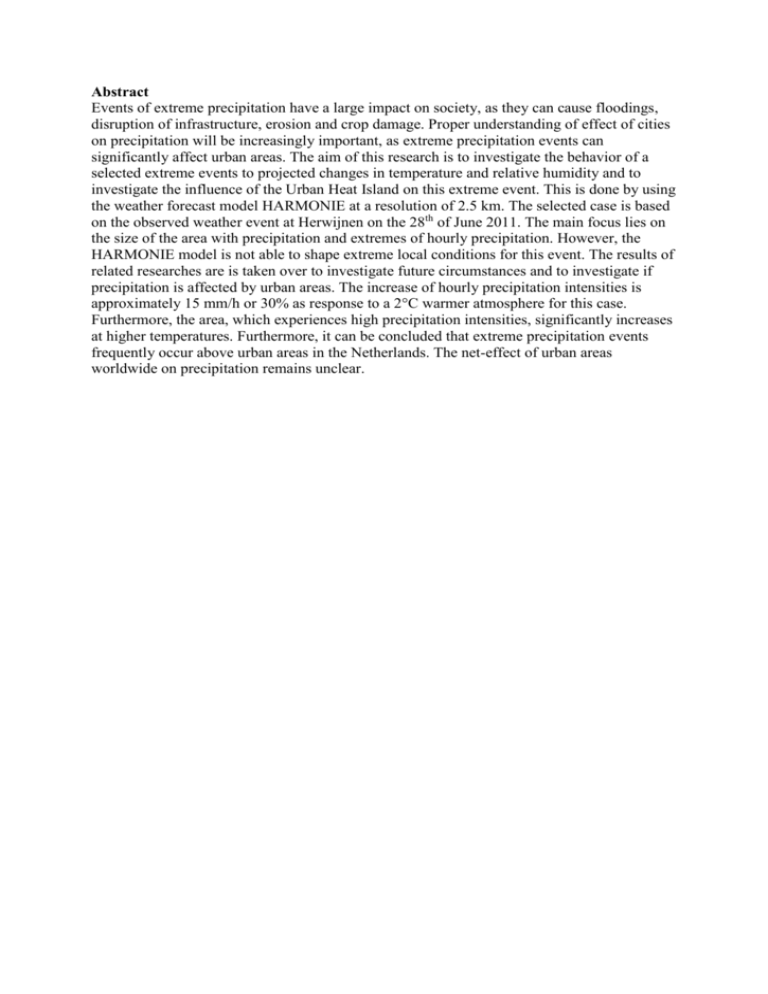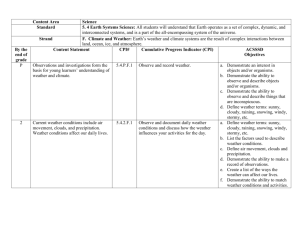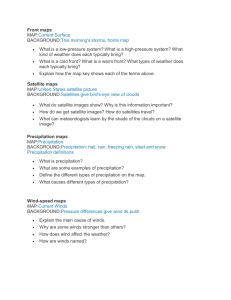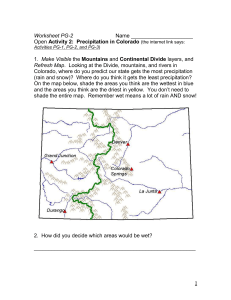Scientific abstract
advertisement

Abstract Events of extreme precipitation have a large impact on society, as they can cause floodings, disruption of infrastructure, erosion and crop damage. Proper understanding of effect of cities on precipitation will be increasingly important, as extreme precipitation events can significantly affect urban areas. The aim of this research is to investigate the behavior of a selected extreme events to projected changes in temperature and relative humidity and to investigate the influence of the Urban Heat Island on this extreme event. This is done by using the weather forecast model HARMONIE at a resolution of 2.5 km. The selected case is based on the observed weather event at Herwijnen on the 28th of June 2011. The main focus lies on the size of the area with precipitation and extremes of hourly precipitation. However, the HARMONIE model is not able to shape extreme local conditions for this event. The results of related researches are is taken over to investigate future circumstances and to investigate if precipitation is affected by urban areas. The increase of hourly precipitation intensities is approximately 15 mm/h or 30% as response to a 2°C warmer atmosphere for this case. Furthermore, the area, which experiences high precipitation intensities, significantly increases at higher temperatures. Furthermore, it can be concluded that extreme precipitation events frequently occur above urban areas in the Netherlands. The net-effect of urban areas worldwide on precipitation remains unclear.











